Almost two-thirds of flat roof buildings in the US are covered with rubber materials which include EPDM, PVC, or TPO membranes. In the commercial real estate segment rubber single-ply roofs have no competitors at all. Why has this material remained in demand for decades literally?
The main reason for the widespread popularity of rubber roofing is the technology’s advantages over alternative roofing approaches like built-up roof (BUR), modified bitumen (MB), metal roofing, tar, and gravel roofing. Let’s talk about these benefits in more detail.
Table of Contents
Pros
Please note that the performance, service life, and benefits of rubber roofing depend on the specific material and rubber roofer skills.
1. The main advantage of rubber roofing is the affordable cost of installation compared to other roofing materials like metal. That is why rubber roofing has been a sales leader for the past 50 years. And not only in the segment of commercial real estate with large roofs but also in the category of private houses.
2. Almost all materials that are included in the category of rubber roofing are lightweight and have good elasticity (especially EPDM). This means that they do not create additional load on the roof frame. In addition, rubber materials can cover flat roofs of complex geometric shapes, roofs with corners, chimneys, skylights, and so on.
3. The service life of rubber roofing depends on the specific material, but on average, the roofing does not require replacement for 15-20 years, and in the case of PVC materials – for 20-25 years.
4. Rubber roofing materials perfectly protect the building from leaks (if they are installed professionally). Rubber roofing is suitable for use in regions with different climates, including areas with strong winds and heavy rains.
5. Installation of rubber roofing does not take much time, as many rubber roofing materials are installed in large sheets or strips. Depending on the material and type of the roof, rubber roofing can be fully adhered, ballasted, or attached with special fasteners mechanically. Ask your rubber roofer what method is the best for your project.
6. Rubber roofs are repairable. Urgent rubber roof repair can be done using patching or sealing methods.
7. TPO and EPDM roofs have a traditional appearance and suit most architectural styles. PVC roofs are a more modern solution.
Cons
Unfortunately, rubber roofing is not perfect and has its drawbacks. Consider the weaknesses of these materials when designing your roof.
1. Most rubber materials (except PVC membranes) lose their elasticity over time when exposed to ultraviolet rays. As a result, small cracks and deformations may appear on their surface.
2. Rubber roofing is strong enough, but it is not designed for active use. It means that the rubber membranes can be mechanically damaged. For example, if you put a ladder or heavy furniture on its surface. Therefore, it is recommended to check the rubber roof after each hail.
3. Despite the fact that the installation of a rubber roof is quite fast, it requires the participation of professionals. If you make mistakes during installation or choose the wrong method of installing the material, you will get leaky seams, surface deformation, shrinkage, and other unpleasant consequences.
Conclusion
Rubber roofing can be an excellent choice for a country house or a cottage, as well as an office building or a shopping center.
However, we recommend paying attention to the advantages and disadvantages of the mentioned materials. It may be better to choose an alternative solution in your particular case.
If you are unsure if rubber materials will suit your project, contact your local roofing company.



